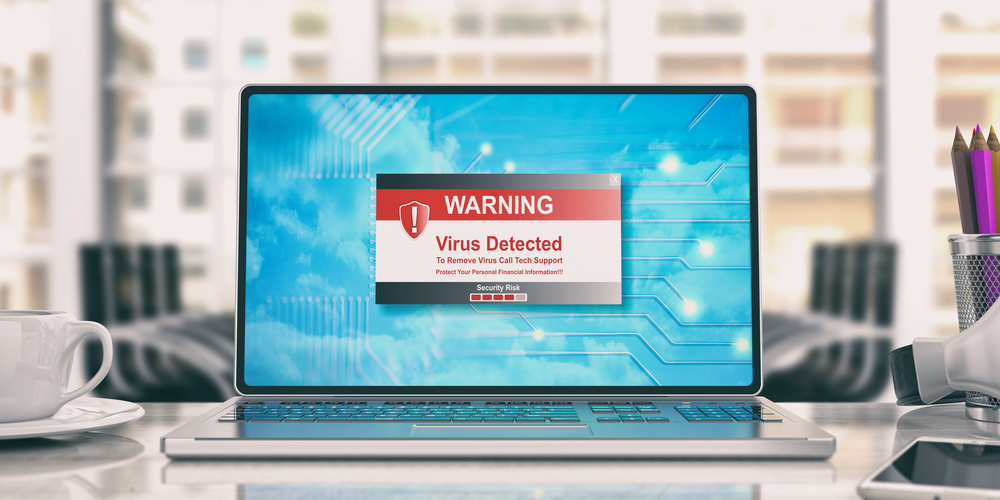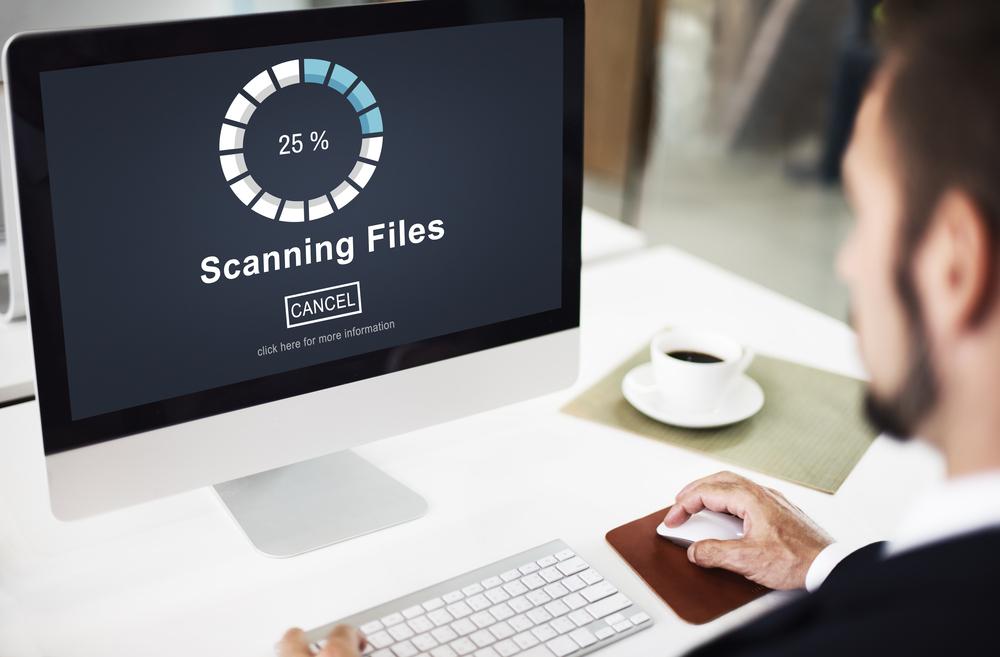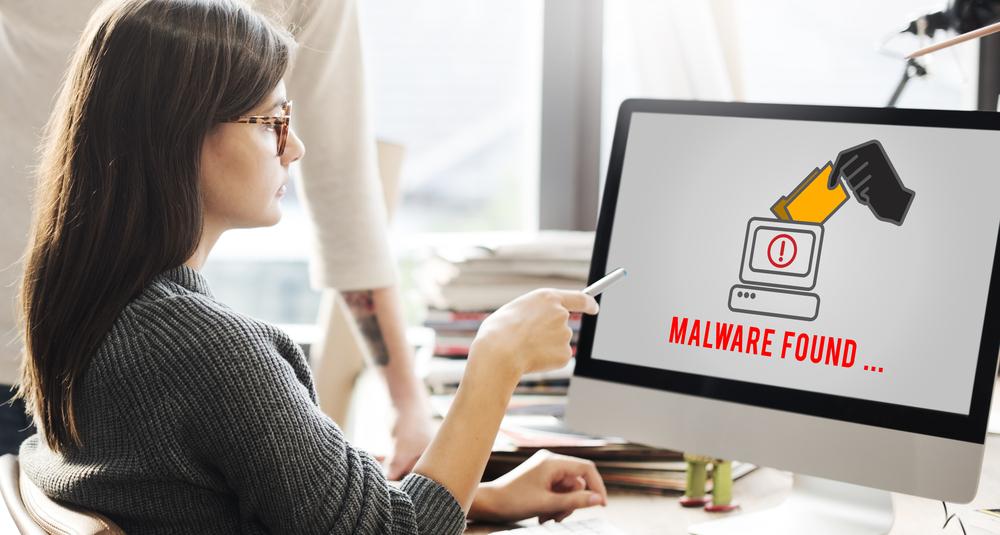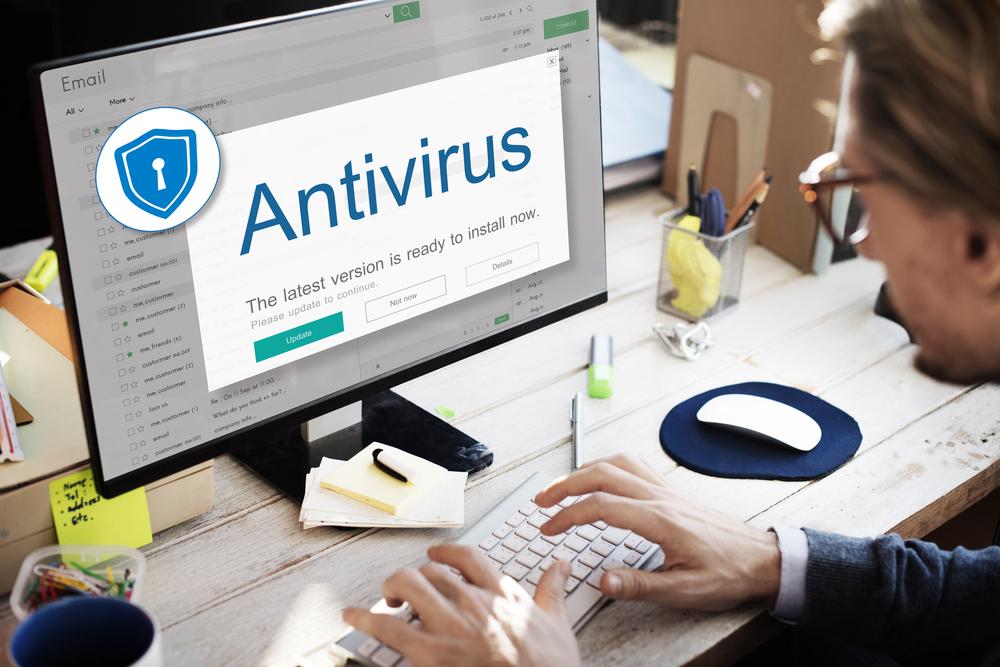Comprehensive Guide: 10 Proven Methods to Protect Your Personal Identity in the Digital Age
This comprehensive guide details ten essential strategies to effectively safeguard your personal identity in the digital era. Covering physical security, safe online practices, and vigilant monitoring, it offers practical tips to prevent identity theft and protect your sensitive information. Empower yourself with knowledge and proactive measures to maintain your privacy and financial security in a rapidly evolving digital landscape.
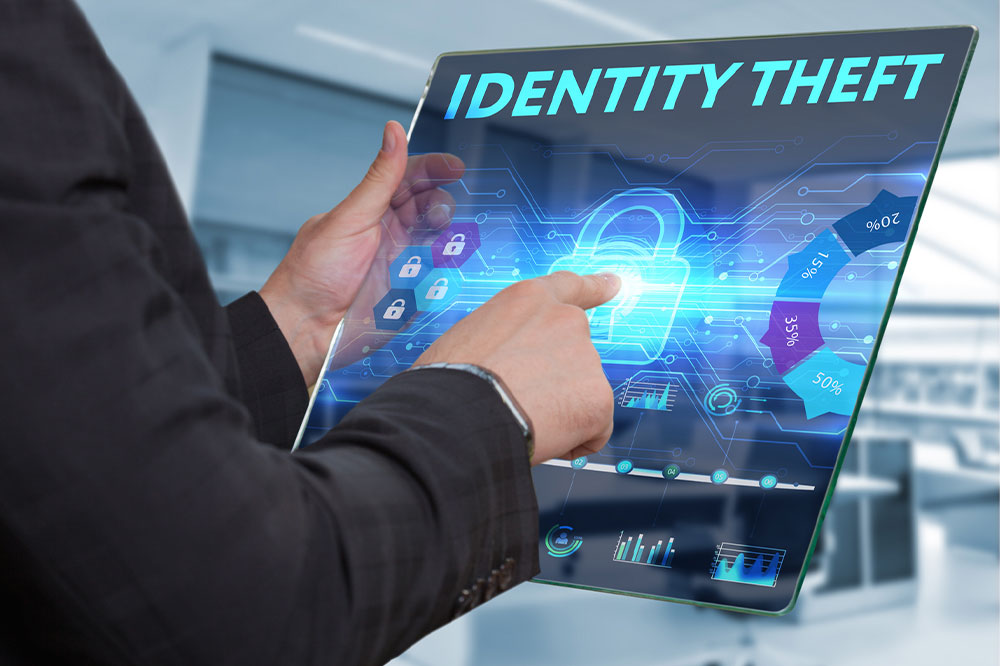
Comprehensive Guide: 10 Proven Methods to Protect Your Personal Identity in the Digital Age
In an era where digital transactions and online interactions are integral to daily life, safeguarding personal identity has become more critical than ever. Identity theft is a pervasive threat, involving the illegal acquisition and misuse of personal information such as credit card details, bank accounts, official documents, and online credentials. The consequences of identity theft can be devastating, leading to financial loss, damaged credit scores, and emotional distress. Therefore, understanding and implementing robust security strategies are vital for everyone. This comprehensive guide explores ten effective and practical ways to protect your identity and maintain your privacy in a constantly evolving digital landscape.
While professional agencies and cybersecurity experts play a significant role in investigating and combating identity theft, individual vigilance remains the first line of defense. Taking proactive measures to secure your personal information, accounts, and digital activities can substantially reduce your vulnerability. From safeguarding physical documents to practicing safe online behaviors, each step adds a layer of protection. Let’s delve into these ten essential strategies designed to help you defend your identity effectively.
Secure Your Wallet and Physical Possessions
Your wallet or purse often contains sensitive and valuable information, including credit cards, IDs, and cash. Always keep your belongings in a secure place, especially when you're in public settings such as shopping centers, transportation hubs, or crowded events. Avoid carrying unnecessary cards or documents that could be exploited if lost or stolen. Be mindful of your surroundings, and consider using RFID-blocking wallets to prevent electronic pickpocketing via skimming devices. Handling your valuables responsibly minimizes the risk of theft and unauthorized access to your personal data.
Be Vigilant When Filling Out Online Forms
Cybercriminals often set up fake websites or phishing schemes to steal personal information under the guise of legitimate services. Always verify the authenticity of online forms before submitting your data. Look for secure website indicators such as HTTPS encryption, padlock icons, and reputable domain names. Avoid entering sensitive details on suspicious or untrusted sites. Being cautious ensures your personal information doesn’t fall into the wrong hands and helps prevent data breaches that could be exploited for identity theft.
Adopt Safe Practices for Online Transactions
When making purchases or handling financial transactions over the internet, prioritize secure and trusted platforms. Use secure Wi-Fi networks, avoid conducting sensitive activities on public or unsecured connections, and always log out after completing transactions. Keep your devices and browsers updated with the latest security patches to protect against malware and hacking attempts. Additionally, consider enabling multi-factor authentication where available. These practices help in preventing cybercriminals from intercepting your financial data during online payments.
Handle Credit Card Information Carefully
Sharing your credit card details should be limited to trusted and secure channels. Always verify the legitimacy of the merchant or entity requesting your information. Avoid transmitting credit details via email or unsecured forms. When making in-person transactions, inspect the card reader for tampering, and use contactless options if available. Regularly monitor your credit card statements for unauthorized charges to detect fraud early. Protecting your financial data helps guard against theft and fraudulent transactions.
Inspect ATM Environments Before Usage
ATM skimming devices are common tools used by criminals to clone card information. Before inserting your card, check for unusual attachments, loose panels, or suspicious devices on the ATM. Use ATMs located in well-lit, secure locations such as bank branches or designated retail outlets. If something seems off, avoid using that machine and report it to the bank or authorities. Being cautious at ATMs safeguards your card details from being stolen through physical equipment tampering.
Stay Alert to Suspicious Sales Tactics
Be wary of aggressive or overly persistent salespeople offering deals that seem too good to be true. These individuals might attempt to collect personal information through pressure tactics or scams. Never share sensitive data unless you are certain of the legitimacy of the salesperson and the purpose of the request. Trust your intuition—if a situation feels dubious, walk away and verify through official channels. Avoiding contact with suspicious agents reduces the risk of identity compromise.
Review Your Financial Accounts Regularly
Consistently monitoring your bank, credit card, and online account activity helps catch any unauthorized transactions early. Set up alerts for large or unusual transactions and check your statements at least once a week. Report suspicious activity promptly to your financial institution. Regular reviews act as an early warning system, enabling quick action to limit damages and prevent further theft or fraud.
Securely Store Sensitive Documents
Important documents such as Social Security cards, passports, birth certificates, and financial statements should be stored securely in locked safes or safety deposit boxes. Limit access to these documents and avoid carrying them unnecessarily. Digital copies should be encrypted and stored in protected cloud services or external drives. Proper storage minimizes the risk of loss, theft, and misuse of your personal information.
Monitor Your Mail and Emails for Suspicious Activity
Phishing scams often target unsuspecting individuals through fake emails or deceptive postal mail. Regularly check your email accounts for suspicious messages asking for personal details or requesting urgent actions. Be cautious of unsolicited mail requesting sensitive information, and never click on links or download attachments from unknown sources. Consider using spam filters and email validation tools. Staying vigilant in communication channels helps prevent falling victim to scams designed to steal your identity.
Create and Maintain Strong Passwords
Use complex, unique passwords for each of your online accounts to prevent hacking attempts. A strong password typically contains a mix of uppercase and lowercase letters, numbers, and special characters. Avoid common passwords such as birthdays, names, or simple sequences like '123456'. Consider using password managers to generate and securely store complex passwords. Regularly update your passwords and enable multi-factor authentication where possible. Strong passwords are crucial for maintaining the integrity and security of your digital identity.
In conclusion, protecting your identity in today’s hyper-connected world demands vigilance and proactive security measures. Implementing these ten strategies can significantly mitigate the risk of identity theft, ensuring your personal and financial information remains safe. With continuous awareness and prudent habits, you can enjoy the benefits of digital technology while safeguarding your privacy and peace of mind. Stay informed, stay cautious, and make security a priority to protect your most valuable asset—your identity.


